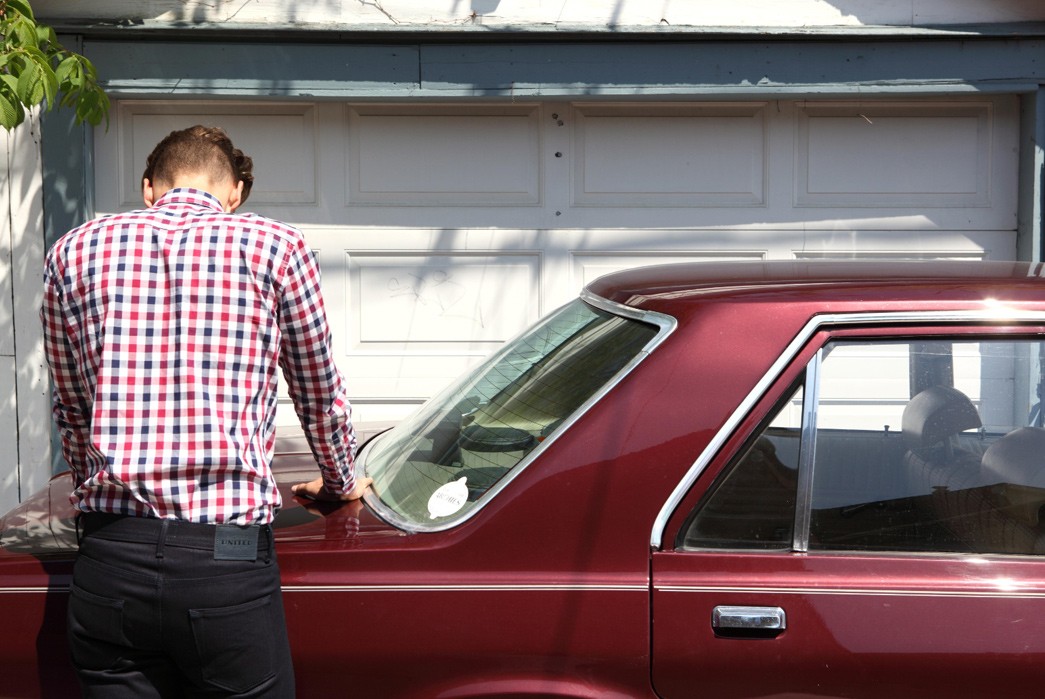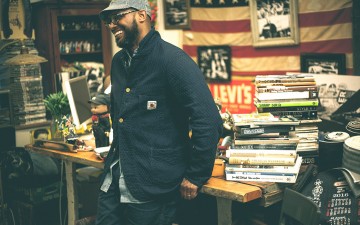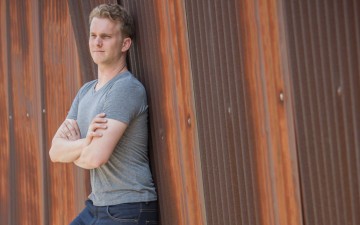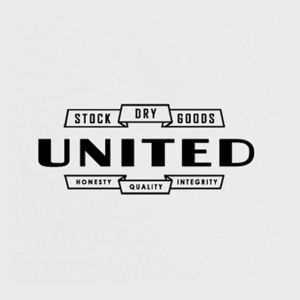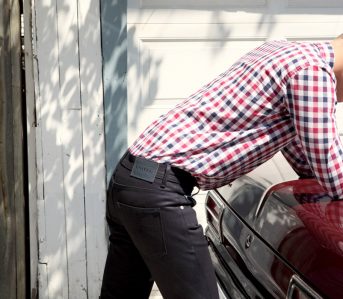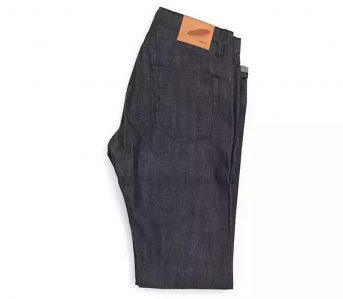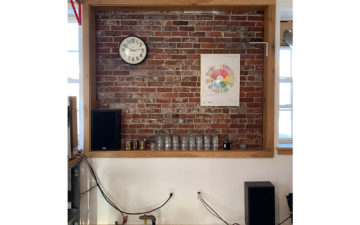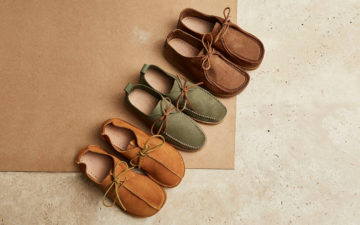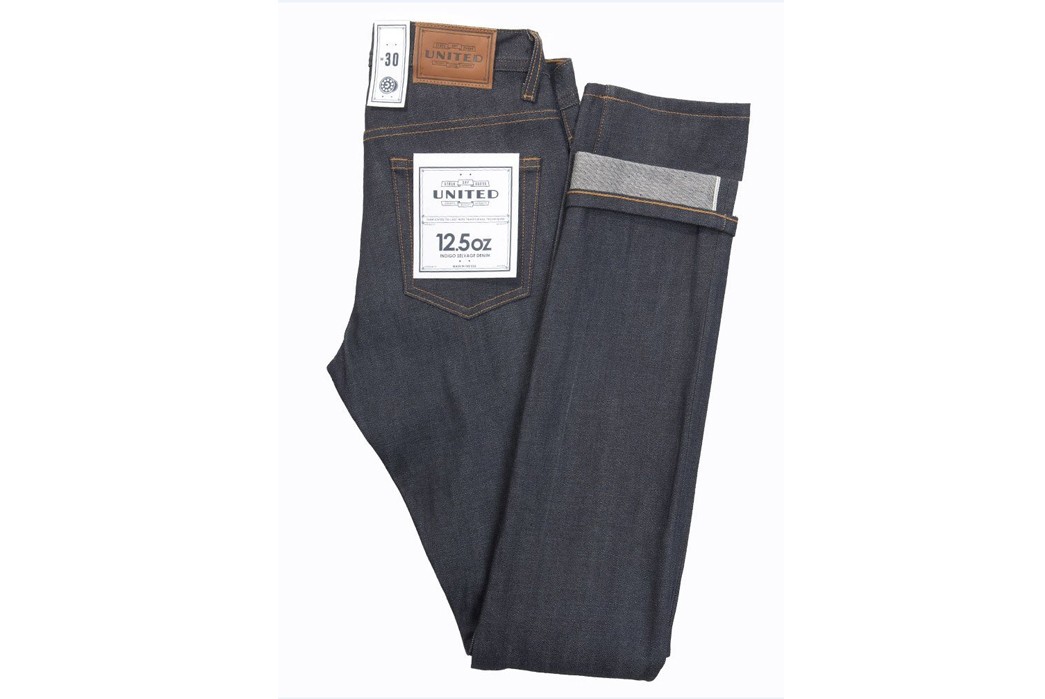
Sydney Mamane of United Stock Dry Goods (Pt. 2) – Exclusive Interview
The following is the second part of our interview with Sydney Mamane, the co-founder and designer of United Stock Dry Goods. If you missed it, be sure to check out part 1.
———————————————————————————————————————————————————————————————————————————————————–
RD – How did Sydney’s (Mamane’s independent shop) come about?
SM- After about two years or so of working with denim I started to get into suiting as well. There was this bespoke element that I was really into. Bespoke definitely propelled me into this other stratosphere.
You start doing a lot of hand work and your patterns really start to develop, so you start doing a lot of pattern-making and sewing as well. So everything gets tightened up, right? I focused a lot on the suiting. There was definitely a shift for a period there where I was moving away from denim and doing predominantly suits, but then it kind of shifted back into denim as well.
I figured I should open up a store to add a face to all this if I really wanted to give it a go. After a couple of years I did end up securing a location which is where the old shop is, at 795 Queen Street. It was a little store with a small studio upstairs. I had sewing machines set up downstairs as well as my desk so I’d be able to help clients when they came in.
I had no clue what I was doing on the retail end. All I knew was that I wanted to open up a little shop. That was seven years ago. I felt that if it worked in the studio, it would work in this retail environment, as well. Of course, I was delusional and had no idea what I was doing.
It was very difficult to do all of the above, especiallysince if you’re helping people buy things, you’re not sewing. So we had to restructure a little bit and it’s constantly been like that, ever since, quite frankly.
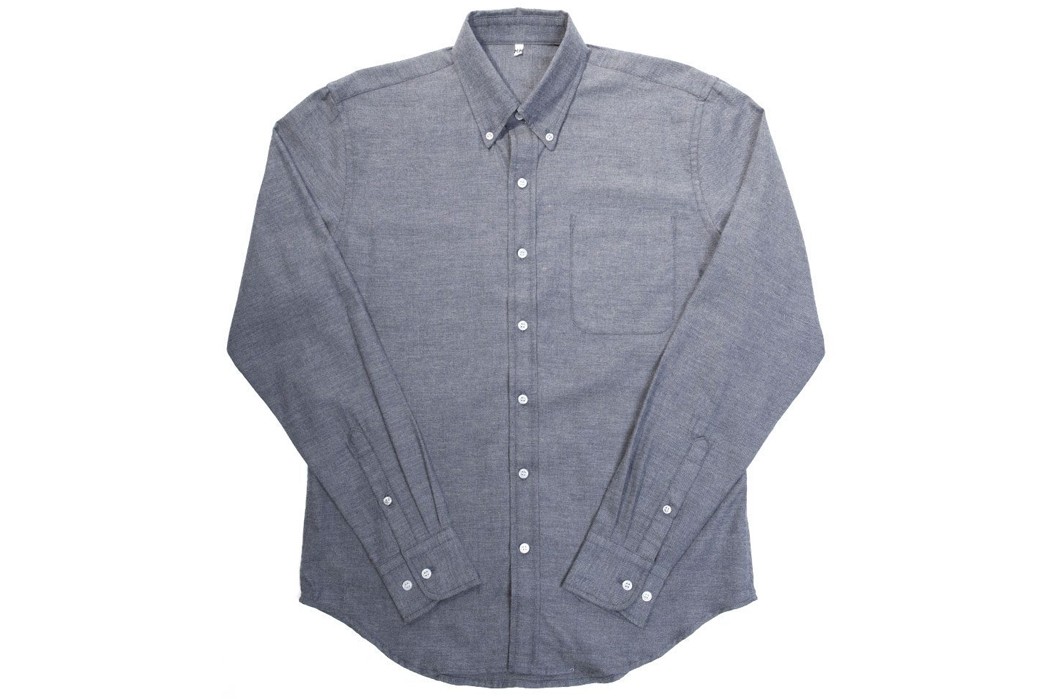
8 Steel Flannel Shirt from FW 12 collection.
RD – When did United Dry Stock Goods come into the picture?
SM – United came about because once I had opened up the shop I realized that maybe I could just do production for the store and keep doing custom work. That was the original idea.
A few years after that is when Micheal and I sat down. I called him and I was like, “I think it’s time. We just need to do this now.” I don’t want to be a slave to other people’s brands. I want to do my own thing, have more control of the product that I put into the store
I thought, together we could really make this happen. He knew what my background was and what we were capable of doing. He said “That sounds amazing. You know I’ve been wanting to do this for a really long time.” That’s how it all really started.
We had that initial meeting and I put together a board for him. Just a little board, slow and steady. Like everything else, school of hard-knocks, start at the bottom. Start at the bottom with some nice raw, basic denim and a few different fabrics.
We came up with a really nice shirt block because that’s what guys wear – they wear shirts and they wear jeans. That was the core that we started the foundation pieces that I was talking about- building upon those foundation pieces and then we’d be able to create other foundation pieces like t-shirts and all these other commodities.
We came up with the United concept together, because it’s more of an idea than it is a brand. Its a means to integrate the ideas that we have together and put it out into the world and create; this message that we’re trying to put across.
We’ve both been burned so many times in the industry – we figured that we just bring back a little bit of honesty, quality and integrity, which is our slogan. That’s what we came up with – united, together.
The quality obviously speaks to the type of product we’re using. It’s all made in North America and that’s a part of the integrity as well, having a little integrity in the process. These are the messages that we’d like to convey at the same time.
It’s not just wearing a pair of jeans anymore, it’s about understanding the value of what you’re wearing and the relationship to what you’re actually wearing. We wear these things everyday, you know, just try to think about it a little bit. That in combination of the resources and being able to pull the right people together, really creates something in my opinion really special.
RD – Having set the price point you have, your denim has been used for many as a ‘gateway jean’ into the raw denim world. Was that a conscious decision from you guys?
SM – Yes, it was. You can get as clinical as you want about the denim world or about production or manufacturing. What is it that you’re trying to achieve? That’s one of the questions people should be asking themselves.
Are you trying to produce the best pair of jeans possible? Are you trying to produce a pair of jeans that people can wear through their lives? Are you trying to make it because you want to show of? Are you trying to make it because it’s accessible?
Where are the limits on either end? Are you trying to make jeans as cheap as possible? You look at Old Navy, they’re trying to make jeans as cheap as possible. What is the difference between Old Navy, ourselves and, say, Samurai Jeans Co.?
I am familiar with those guys and what they do. Is it going to last that much longer? In some cases, yes, depending on the fabric. But in terms of fabrication, not really. A chain stitch machine is a chain stitch machine. They’re using Union Specials like they do with Samurai and all of those other companies.
I’ve been to factories that produce J. Crew, Gap, RRL and True Religion and they’re all using the same sewing machines and the same thread.
RD – So accessibility was definitely a big priority for you?
SM – Accessibility was one of them, while maintaining quality. Our denim comes from the same mills that Oni, Samurai and Pure Blue Japan uses. The quality of the fabric is there and the quality of the fabrication is there so, in fact, we’re not producing a lesser quality garment.
It’s just less expensive because we’re not adding minute details that slow down the manufacturing process and that’s it. It doesn’t make it more or less durable. The fact is that the fabrics will still hold up to any of those other fabrics and our fabrication techniques also hold up to any of their techniques as well.
Some of these details are beautiful, and the ingenuity is definitely there, but does it make it stronger? Not particularly. Our approach is definitely to take a high-quality product and make it accessible.
It’s also to dispel all these notions of superiority. There are a lot of gimmicks right now in the raw denim game. It’s really just about wearing a nice pair of jeans that you feel good in. They fit well. They wear with you. You don’t have to suffer an enormous amount to wear them.
You have to experiment with it and have an understanding of fabrics, without it being gimmicky. If the form follows function and if the materials define what you’re going to be doing with it, that dictates the type of reaction you’re going to get from wearing it.
Its not just frivolity and gimmicks and marketing and branding. There’s a lot of that out there, unfortunately. There’s something to be said for the humble denim; just the humble basics. The indigo contrast stitch. Just basic. Nothing crazy.
